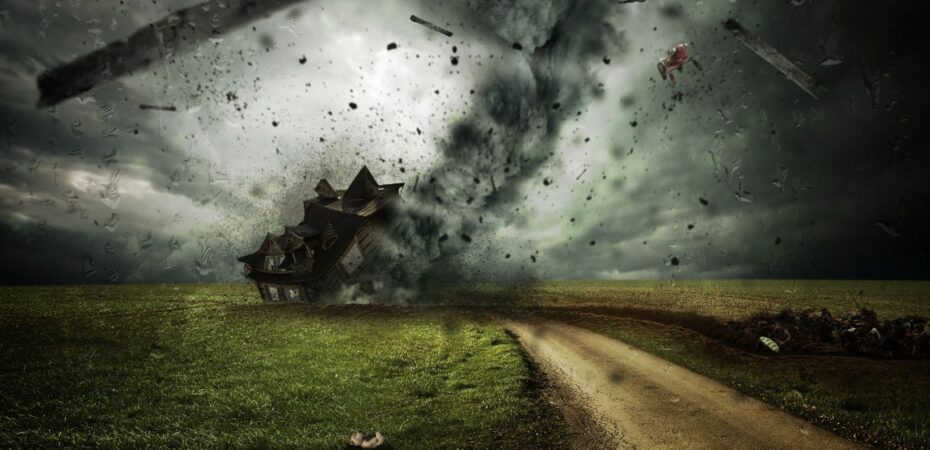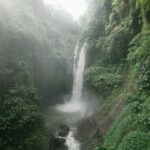Eye on the storm
 We have all heard of wale watching and bird watching, but has any of you heard of “storm watching”? Apparently, a new form of travel and entertainment has appeared and storm chasers all around America are being paid to take people along with them and help them watch the fury of nature at its peak.
We have all heard of wale watching and bird watching, but has any of you heard of “storm watching”? Apparently, a new form of travel and entertainment has appeared and storm chasers all around America are being paid to take people along with them and help them watch the fury of nature at its peak.
The human appetite for danger never ceases to amaze as weather enthusiasts are thrilled to be as close as possible to the strongest and most destructive winds hoping to get front row seats to the ravaging storms. Their interests vary from taking photos to simply enjoying a “show”, but one thing is certain: this is a new form of entertainment that is becoming popular.
Among the first to realize that storm chasing can be applied to tourism is Charles Edwards, a veteran storm chaser from Shawnee, Oklahoma, and owner of Cloud 9 tours.
“Back when I started taking people out storm chasing with me in 1996, I never expected it would grow into a business. That first year, I offered two tours and I had only one person on each of them,” explains Edwards. “Now, we regularly have between 11 and 18 people per tour in May and June.”
Edwards says that storm chasing is more about driving and waiting then seeing actual storms, nothing like the movies show.
“It’s not like the movie ‘Twister’ would have you believe, but witnessing a tornado can be an incredible, life-changing experience.”
TV shows like “Storm Chasers” or “Angry Planet” and movies like “Twister” have had a crucial role in the increase of the number of people coming to the Central Plains to become wind chasers.
A storm chasing tour can cover up to 10 states and 600 miles / day drives and you can only be part of one if you sign a very lengthy waiver. The tourists are being transported in high-tech equipped vehicles like SUVs or panel vans. High-tech gadgets such as audio scanners, GPS units and laptop computers, mobile high speed Internet accessed via cell phone networks have allowed the storm chasers to view the latest satellite images, doppler radar scans and a wide variety of computer models that help them pinpoint exactly where the worst weather is going to be.
The more cutting-edge the technology, the better the success ratio. Not long ago, if a tornado hit the ground and did no damage, it might have easily gone unnoticed. Technology alone does not guarantee success though. Experience is also a prime ingredient in a storm chaser’s life.
Probably a sum of both these 2, the result of 0 fatalities on a storm chasing tour led by Edwards make this form of entertainment exciting and wanted.
Depending on the duration of the trip, prices may go from $2000 to $6300. The most common range price is around $3000 and lasts for about 2 weeks. Airfare and meals are not included. Also not refunds are given if the weather is sunny.
“During May and June, we’ve always found severe weather on our 2 week trips, but sometimes there’s simply no tornadoes to chase,” Edwards said.”We love to see all atmospheric events like lightning, hail and jaw dropping cloud formations, but seeing a tornado is the icing on the cake.”
Photo courtesy of DiscoveryNews


 By
By 








